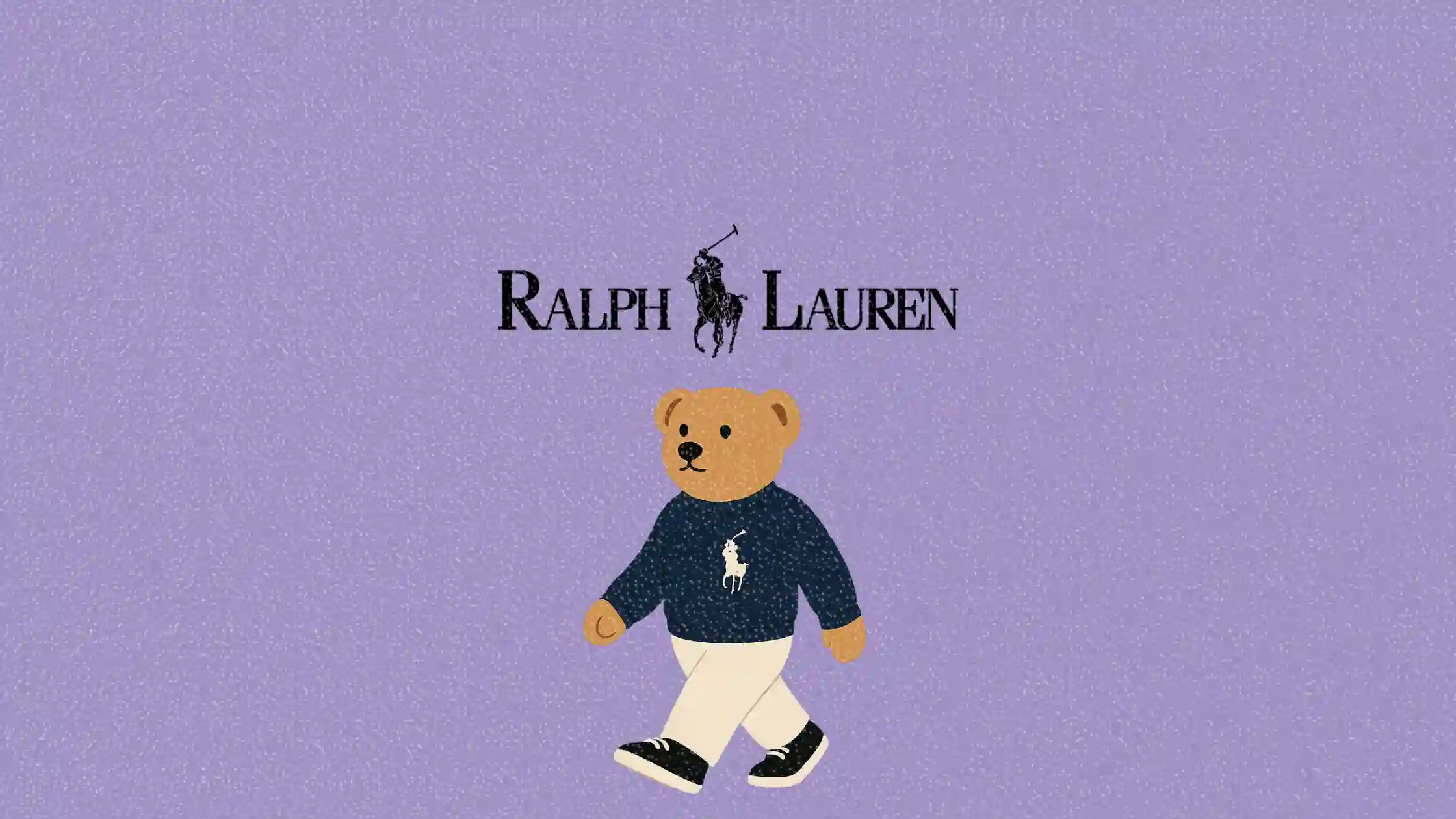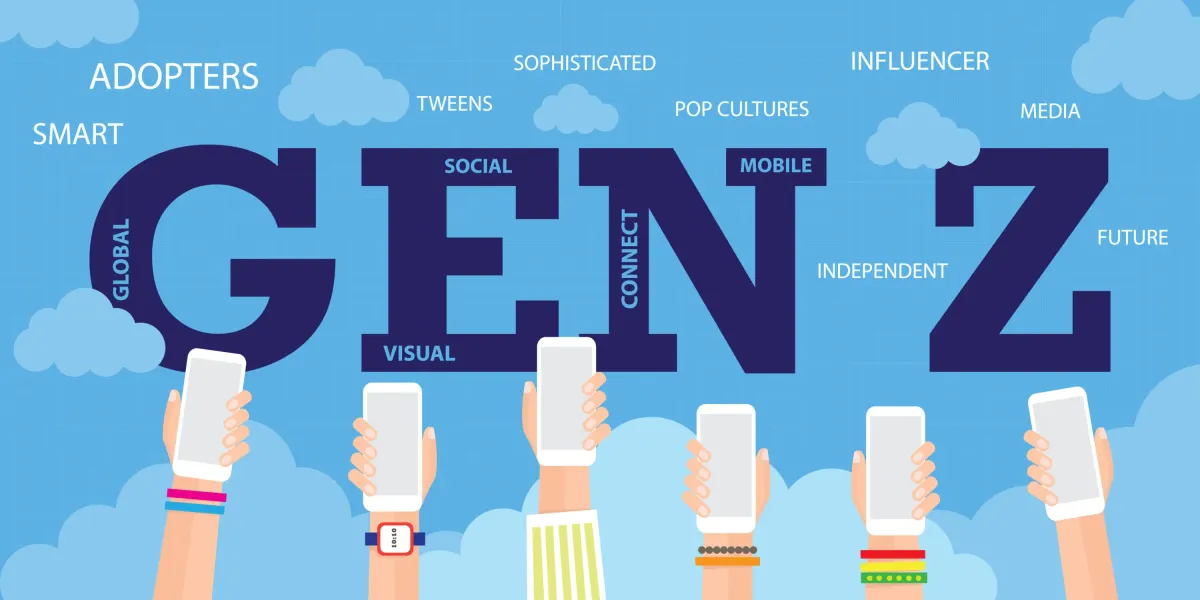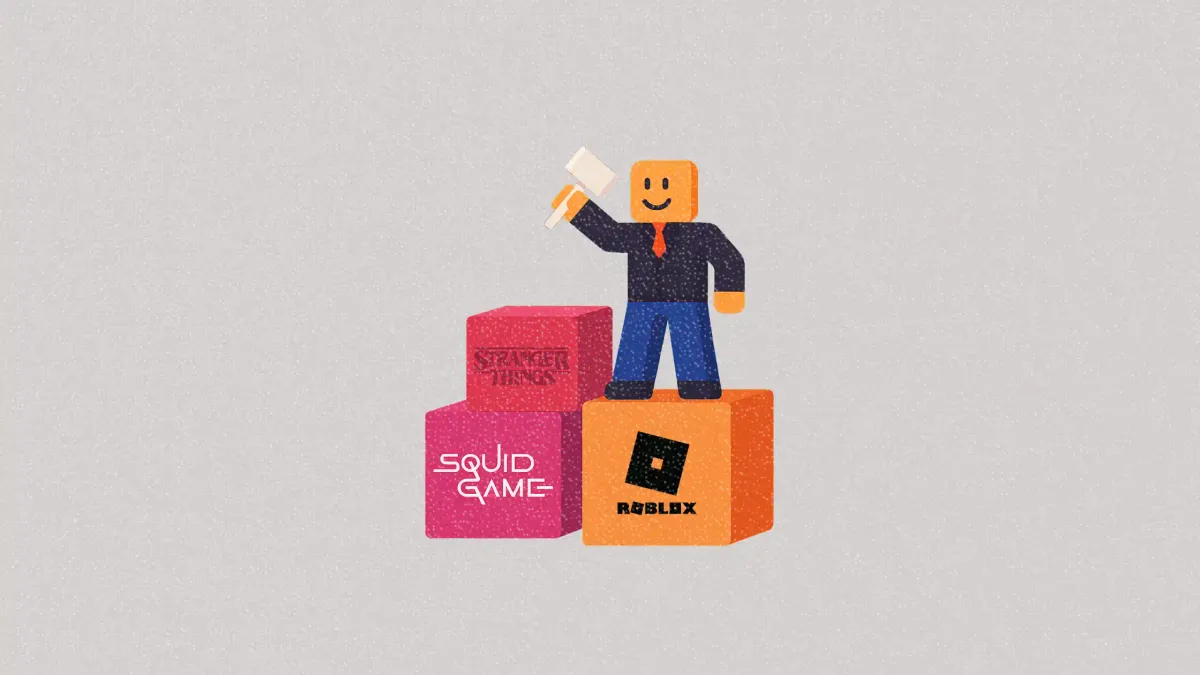Ralph Lauren brings Polo Bear to life in animated debut
Ralph Lauren’s first animated short film repositions its iconic mascot for younger audiences

Ralph Lauren is leaning into animation to reintroduce a decades-old mascot to a new generation.
The luxury brand launched its first animated short film, The Polo Bear Chronicles: Operation Black Tie, on YouTube last week, featuring its beloved Polo Bear in a six-minute narrative of charm, elegance, and lighthearted intrigue.
This article explores why Ralph Lauren’s latest marketing move matters, what it signals about brand storytelling in luxury fashion, and what marketers can learn from its use of animated IP.
Short on time?
Here is a table of content for quick access:
- The story: Polo Bear steals the scene (and a painting)
- Why Polo Bear? A legacy mascot built for storytelling
- Character-led content is gaining traction
- What marketers should know

The story: Polo Bear steals the scene (and a painting)
Operation Black Tie casts Polo Bear as a tuxedo-clad hero on a mission. When a long-lost masterpiece is rumored to be hidden in a Hamptons estate, the bear, alongside a debonair pigeon sidekick, hatches a plan to retrieve the painting during a lavish party and return it before sunrise. The film delivers high-end escapism, set to visuals steeped in Ralph Lauren’s signature Americana aesthetic.
Available on the brand’s official YouTube channel, the film is positioned as the first in a potential series, introducing a narrative angle rarely seen in the luxury fashion space: episodic, character-driven content designed for broad cultural appeal.
Watch it here: The Polo Bear Chronicles: Operation Black Tie
Why Polo Bear? A legacy mascot built for storytelling
First introduced in 1990 as a birthday gift to Ralph Lauren himself, the Polo Bear has since become one of the brand’s most enduring icons. He has donned rugby shirts, fair isle knits, even ski goggles. Over time, he has appeared on sweaters, skateboard decks, watches, and limited-edition drops.
For decades, fans have projected stories onto the bear’s outfits and moods. Now, the brand is flipping that dynamic. It is giving the mascot a narrative of his own and elevating him from style icon to story character.
The goal, according to Ralph Lauren, is to deepen emotional connection and modernize its storytelling approach, especially for younger consumers raised on Pixar, Instagram, and YouTube Shorts.
Character-led content is gaining traction
Ralph Lauren is not alone in investing in mascot storytelling. Other brands are also leaning into animated engagement and IP creation:
- Tenaga Nasional (TNB) recently brought back its festive feline mascot, Jero June, in a new animated form. The refreshed version wears branded gear and has electric powers. The relaunch was teased with a nostalgic Instagram campaign and followed up with a full character reveal.
- Agoda took it further with Leo’s Magical Travel Adventures, a generative AI short film that blends animation with cultural education. The story follows Leo, cousin of Maya from Agoda’s book series, as he travels through China, New Zealand, Thailand, and India. Each destination is brought to life through rich visuals and customs like the Lion Dance and Holi Festival.
What ties these examples together is a strategic pivot. Mascots are being repositioned not just as branding elements, but as transmedia characters that can lead entire content ecosystems.
What marketers should know
Luxury brands embracing character storytelling marks a shift from product-first marketing to personality-driven content. Here are some key takeaways:
1. Character IP creates long-term equity
Animated mascots can grow into versatile assets across campaigns, product lines, or even licensing. This strategy can scale over time and open up fresh merchandising or digital use cases.

2. Video-first content meets digital-native expectations
Short-form animation is ideal for platforms like YouTube, Instagram Reels, and TikTok. It lets brands convey emotion and identity without relying on static product visuals.
3. Nostalgia and novelty can coexist
Ralph Lauren’s Polo Bear holds heritage value, but the animation adds relevance. Brands looking to reactivate old mascots can use this blend to span generational gaps.
4. Branded entertainment is not a side gig
Polo Bear’s cinematic debut shows that storytelling can be central to luxury positioning. It is not just a marketing stunt. It is a bridge to new audiences and future creative platforms.
Ralph Lauren’s foray into animation is a small step into content marketing, but it could signal a bigger brand evolution. As consumer attention shifts toward characters and experiences, brands that build narrative worlds around their mascots will likely stand out.
For marketers, the lesson is not to create a cartoon just for fun. It is to think long-term about how character IP can deliver emotion, identity, and engagement across campaigns.





